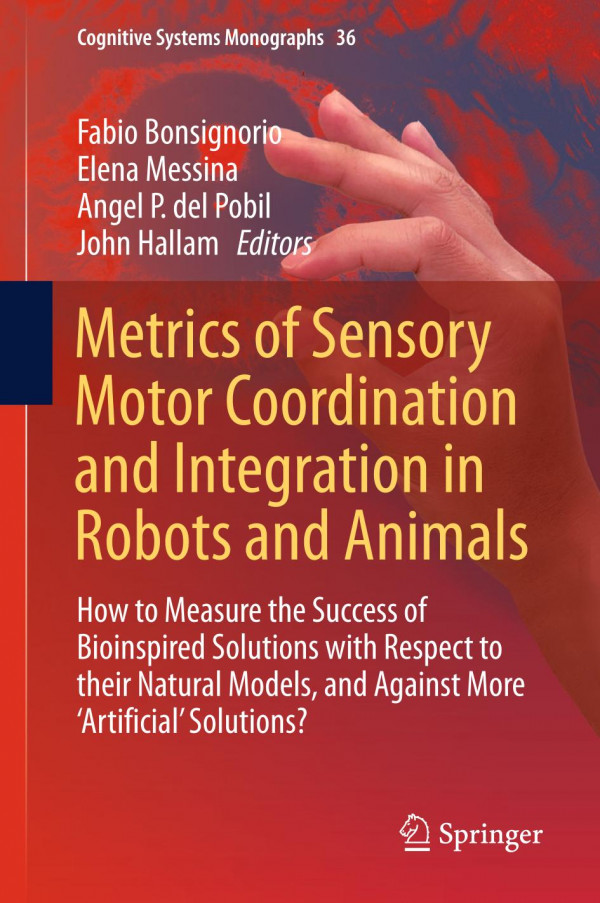

Most ebook files are in PDF format, so you can easily read them using various software such as Foxit Reader or directly on the Google Chrome browser.
Some ebook files are released by publishers in other formats such as .awz, .mobi, .epub, .fb2, etc. You may need to install specific software to read these formats on mobile/PC, such as Calibre.
Please read the tutorial at this link: https://ebookbell.com/faq
We offer FREE conversion to the popular formats you request; however, this may take some time. Therefore, right after payment, please email us, and we will try to provide the service as quickly as possible.
For some exceptional file formats or broken links (if any), please refrain from opening any disputes. Instead, email us first, and we will try to assist within a maximum of 6 hours.
EbookBell Team

4.4
42 reviewsThis book focuses on a critical issue in the study of physical agents, whether natural or artificial: the quantitative modelling of sensory–motor coordination.
Adopting a novel approach, it defines a common scientific framework for both the intelligent systems designed by engineers and those that have evolved naturally. As such it contributes to the widespread adoption of a rigorous quantitative and refutable approach in the scientific study of ‘embodied’ intelligence and cognition. More than 70 years after Norbert Wiener’s famous book Cybernetics: or Control and Communication in the Animal and the Machine (1948), robotics, AI and life sciences seem to be converging towards a common model of what we can call the ‘science of embodied intelligent/cognitive agents’. This book is interesting for an interdisciplinary community of researchers, technologists and entrepreneurs working at the frontiers of robotics and AI, neuroscience and general life and brain sciences.